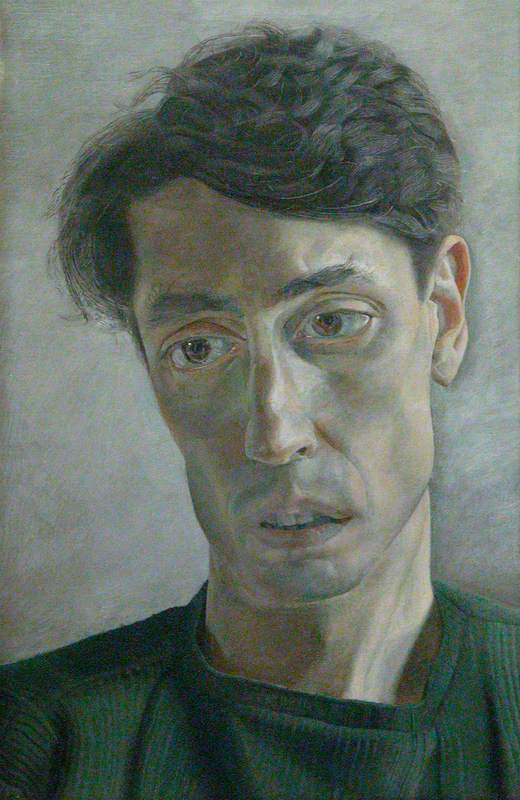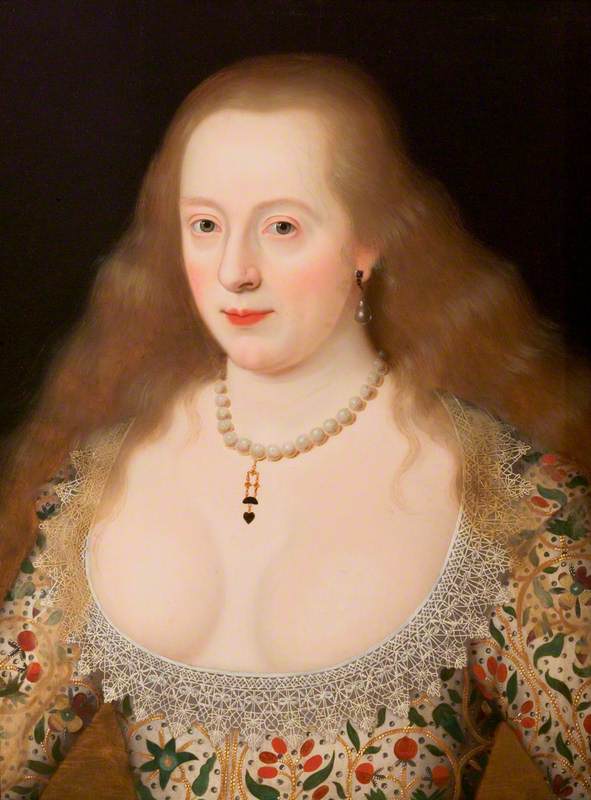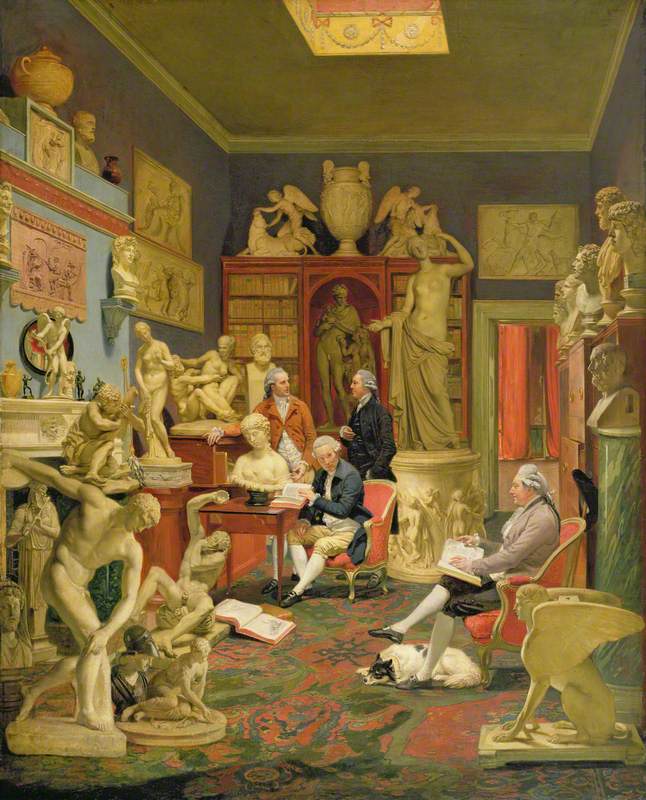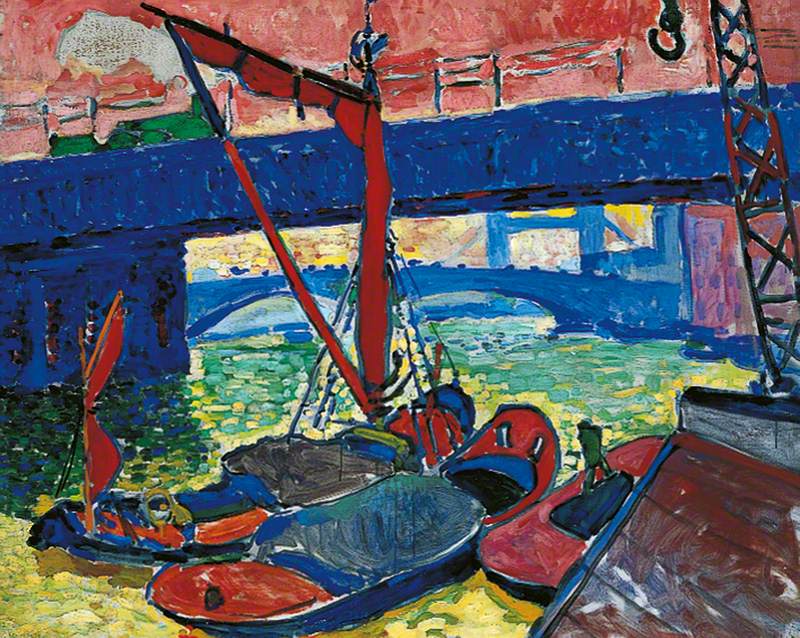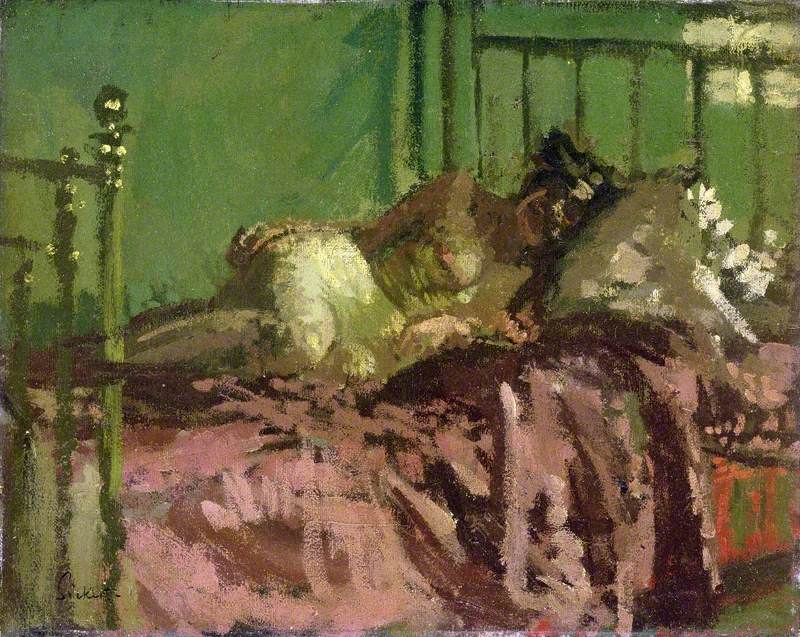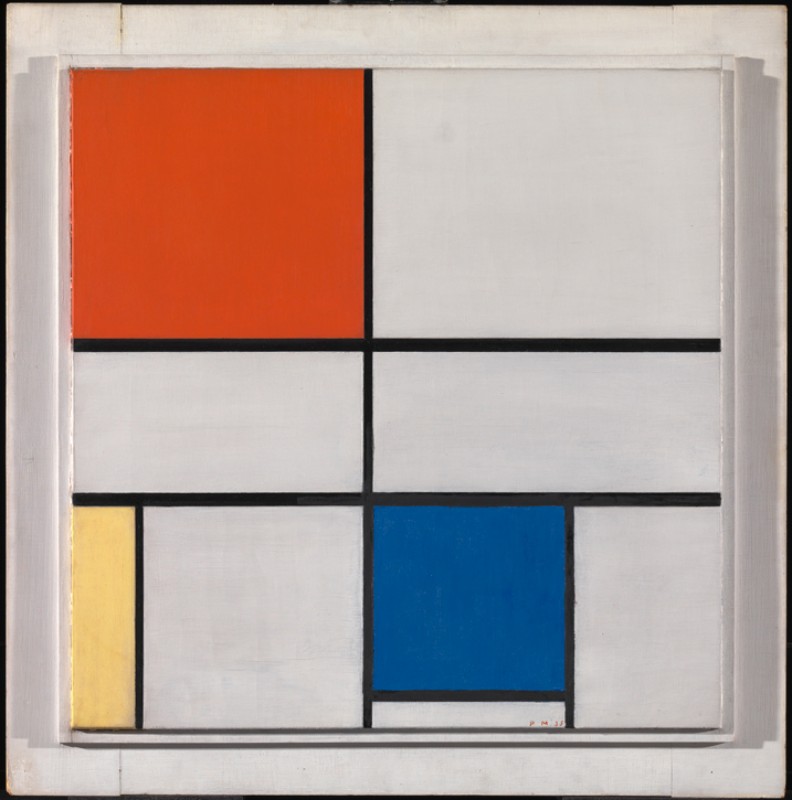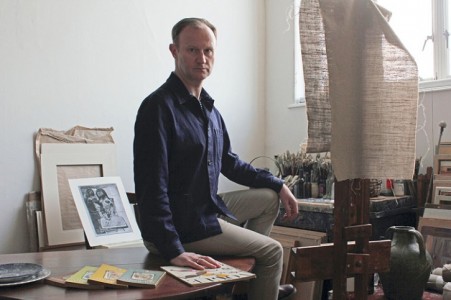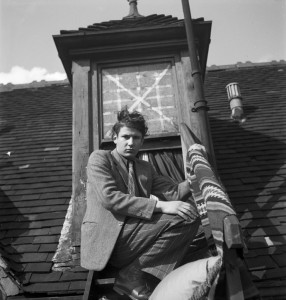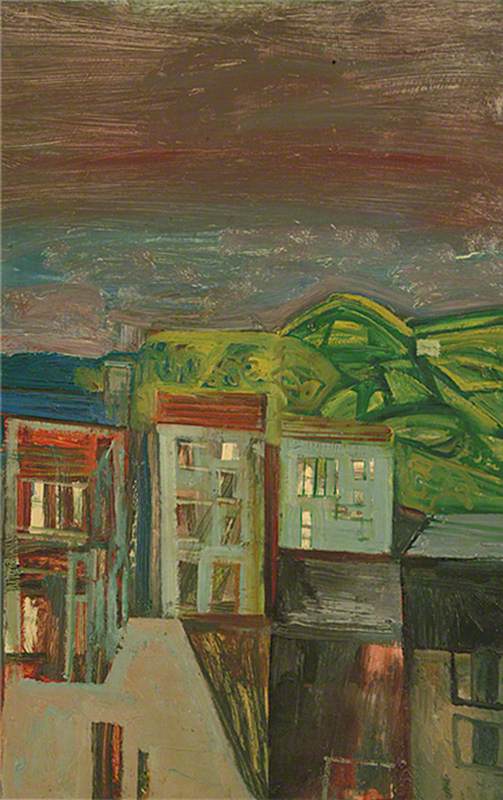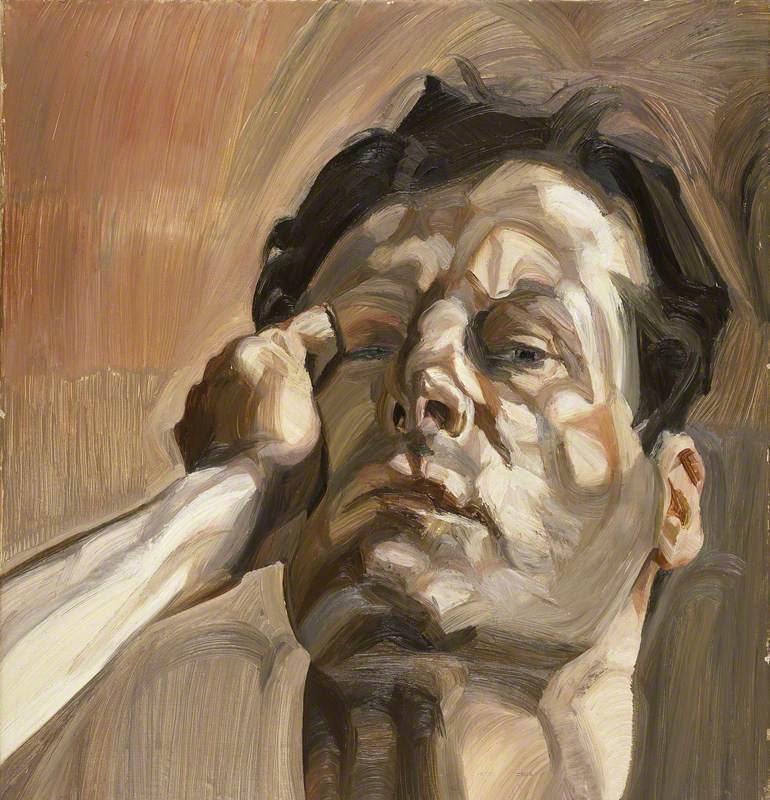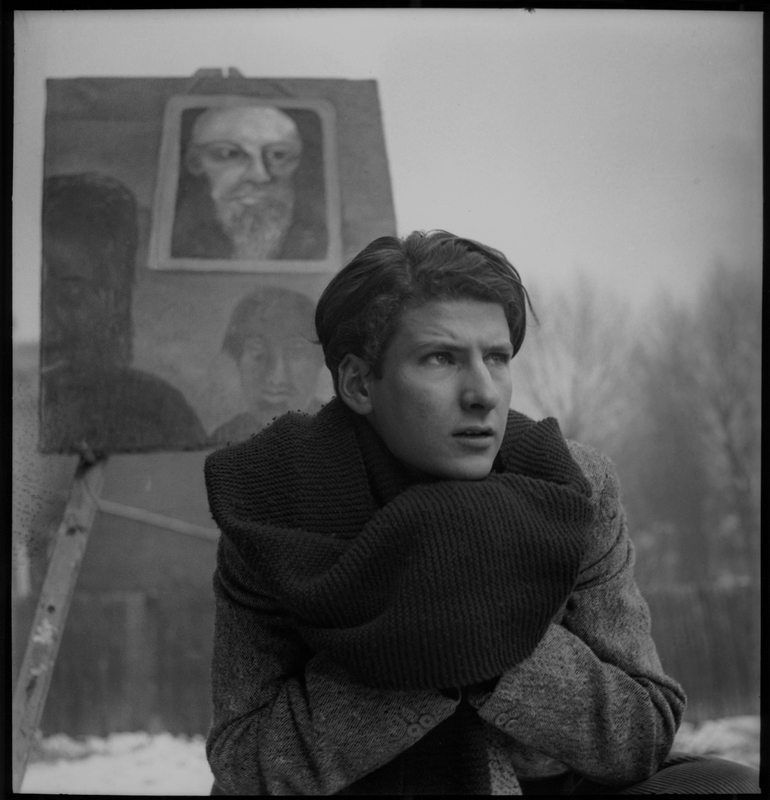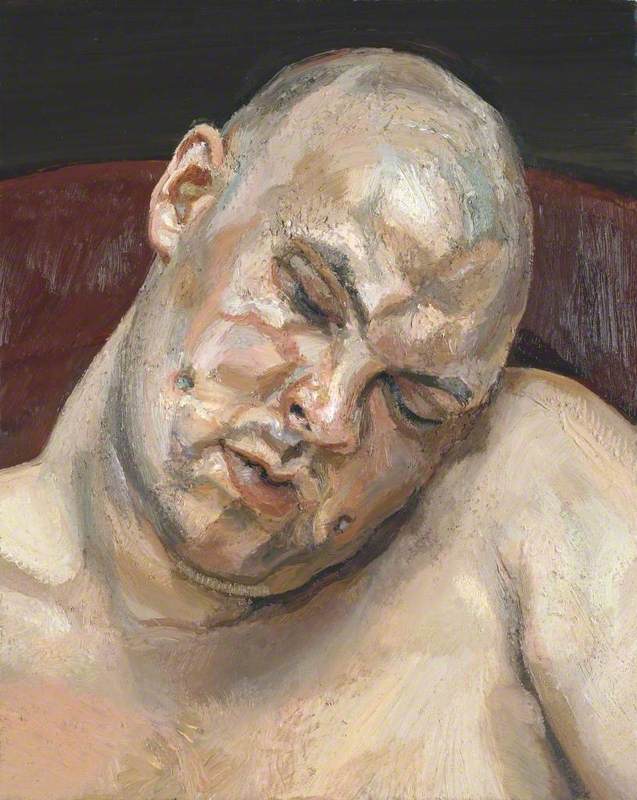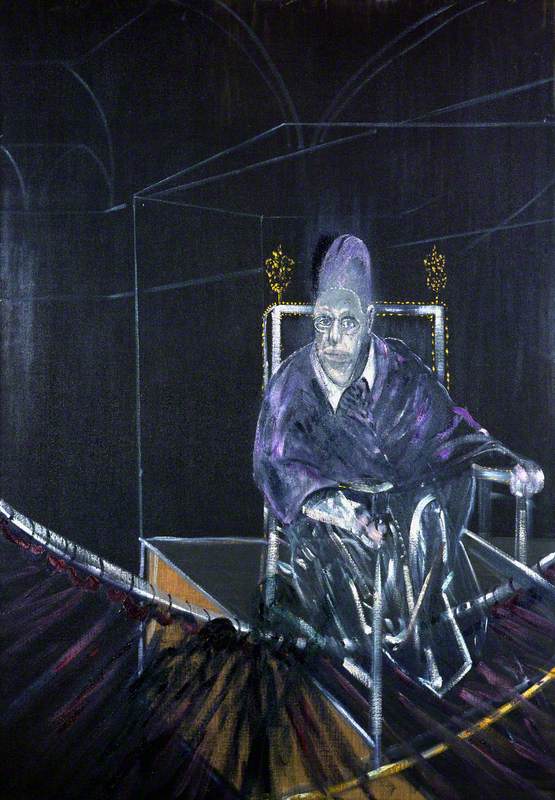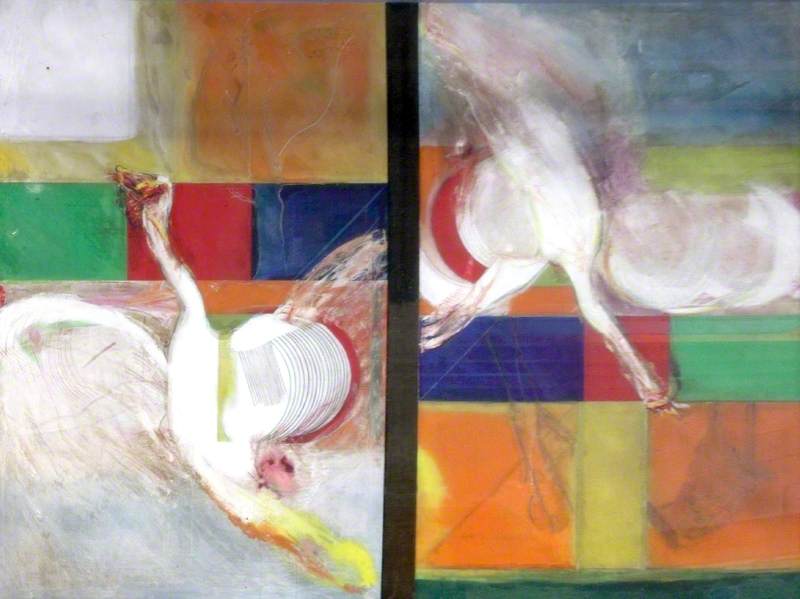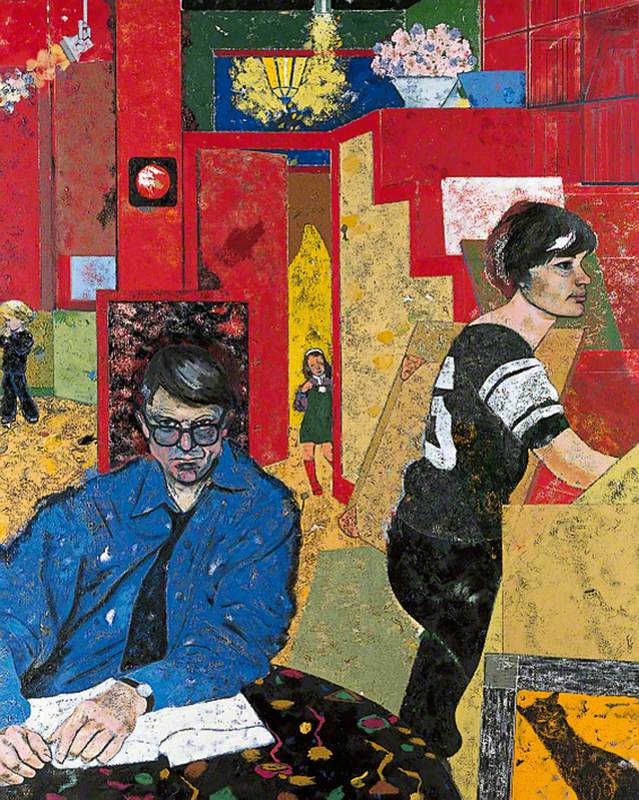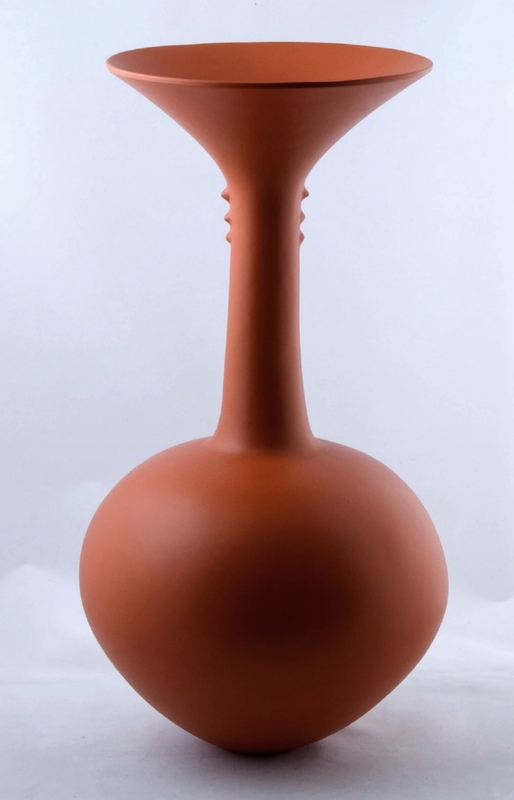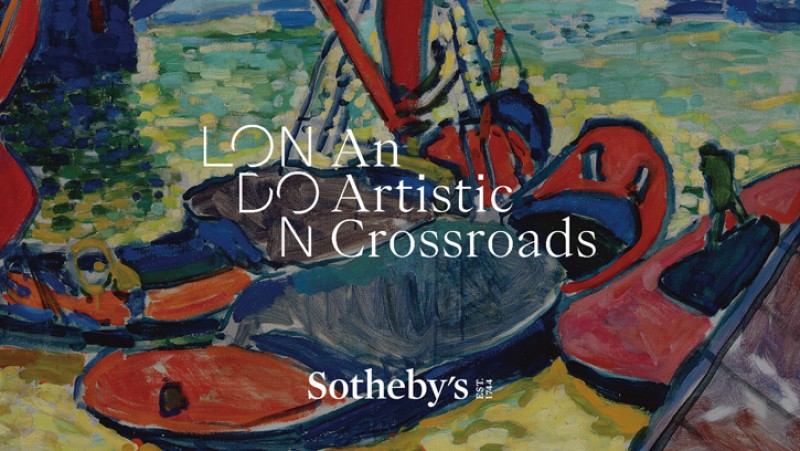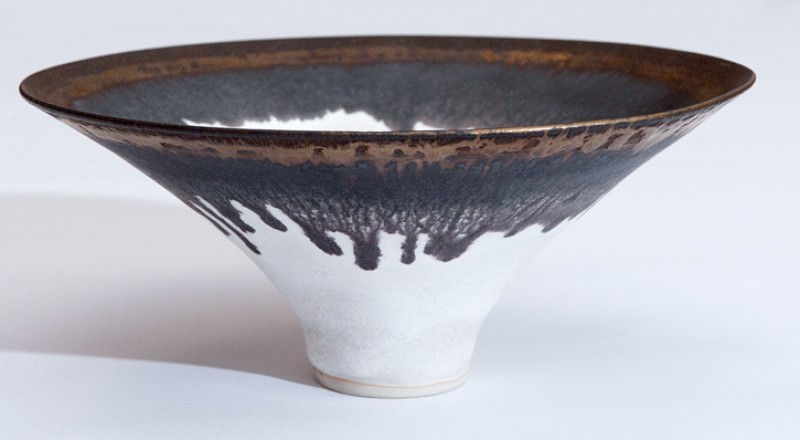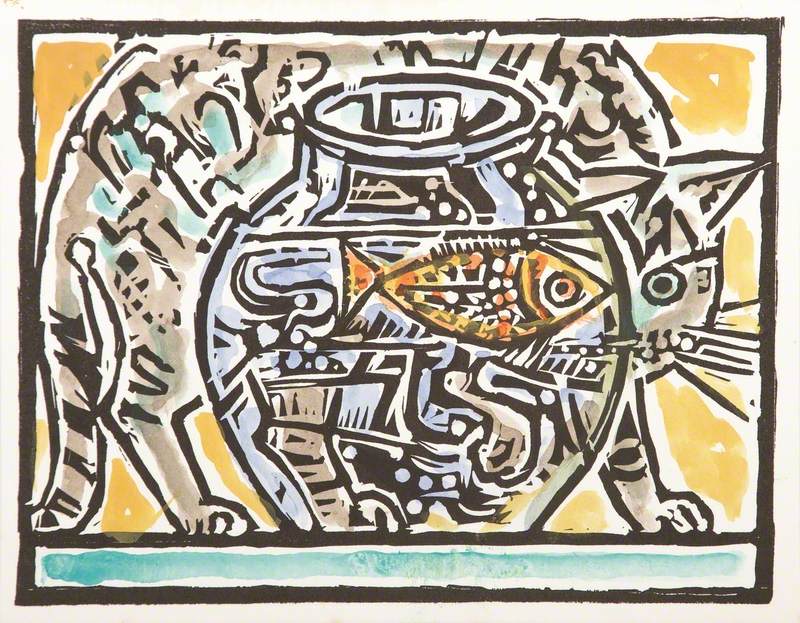Twelve UK museums come together with Art UK and Sotheby's to stage a month-long exhibition celebrating the UK's central role in the creative lives of leading international artists.
The free exhibition 'London: An Artistic Crossroads' is on display at Sotheby's New Bond Street Galleries from 25th May to 5th July 2024.
Many of Lucian Freud's most compelling works are single-figure portraits. In the words of his friend and chronicler, Bruce Bernard, 'the essence of his genius in the perception of human beings is felt most keenly when he has asked one person who interests him, both in look and character, to submit to his scrutiny and help him realise their truest possible image in paint... such works offer what everyone looks for in portraiture: marvellous likenesses that are amplifications in varying degrees and that can sometimes even seem prophetic in their insight.'
Freud's painfully acute portrait of John Minton, painted in 1952, was perceptive and prophetic in equal measure.
In this case, unusually, it was not the painter who approached the sitter, but the reverse. Minton commissioned the picture from Freud having been deeply impressed by the artist's similarly small-scale portrait of Francis Bacon, painted on copper a few months before.
Minton was a painter and illustrator, one of the leading exponents of what became known as the Neo-Romantic tendency in British art, who is chiefly remembered for his popular and epoch-defining illustrations to the cookery books of Elizabeth David.
When he asked Freud to portray him he had more or less given up his practice as a fine artist, dividing his time between commercial illustration and teaching at the Royal College of Art. He was a kind tutor and a funny, lively man, but those who knew him more than superficially recognised that behind the absurdist sense of humour and camp jokes there lurked genuine despair, born of a deep conviction of personal failure.
Minton's palpable regret for all that he had failed to achieve is the keynote of Freud's portrait. The face is gaunt, the skin mottled and raw, traces of grey indicating five o'clock shadow. There is the sense of a clock quietly ticking, of the skull beneath the skin. The eyes are painted with such astonishing attention to detail that several different layers of reflection can be seen, confused, in their aqueous lustre. Those eyes are also utterly bereft.
The style in which the picture is painted recalls the altarpieces of early Renaissance Flanders, the Tudor portraiture of Holbein, even the sketches of Dürer (Minton's hair resembles the plumage of the birds in some of Dürer's watercolours). But the sense that this image projects of profound angst, of an individual stranded in a cruel and chaotic world, roots it very much in the immediate postwar period.
Lucian Freud was a refugee, born in Berlin and transplanted to London, who understood that the world could be a dangerous, threatening place. Clarity of vision often goes hand in hand with trepidation; needing to see everything, and fearing the worst, can be two sides of the same coin.
Minton's unhappiness eventually overwhelmed him. In 1957, he died by suicide. Shortly before doing so, but knowing that he would, he bequeathed Freud's brilliant but ill-omened portrait to the Royal College of Art, a gesture which not only indicated his approval of the picture but also displayed a considerable degree of bravery. Others would have found such a portrait unbearably truthful. But John Minton decided that it was in the likeness of Freud's image, however stark and revealing, that he wished to be remembered.
Andrew Graham-Dixon, art historian and broadcaster
The free exhibition 'London: An Artistic Crossroads' is on display at Sotheby's New Bond Street Galleries from 25th May to 5th July 2024
You can download the free exhibition tour within Art UK's guide on Bloomberg Connects
